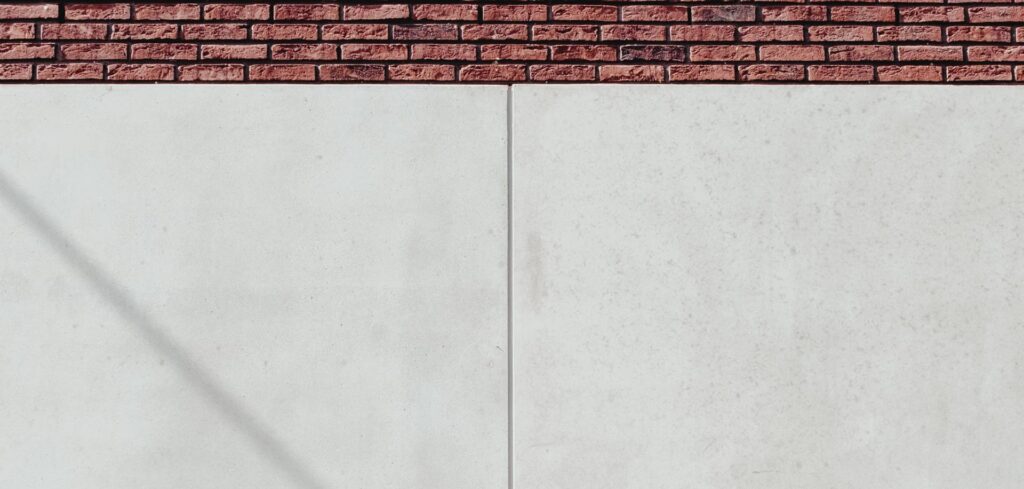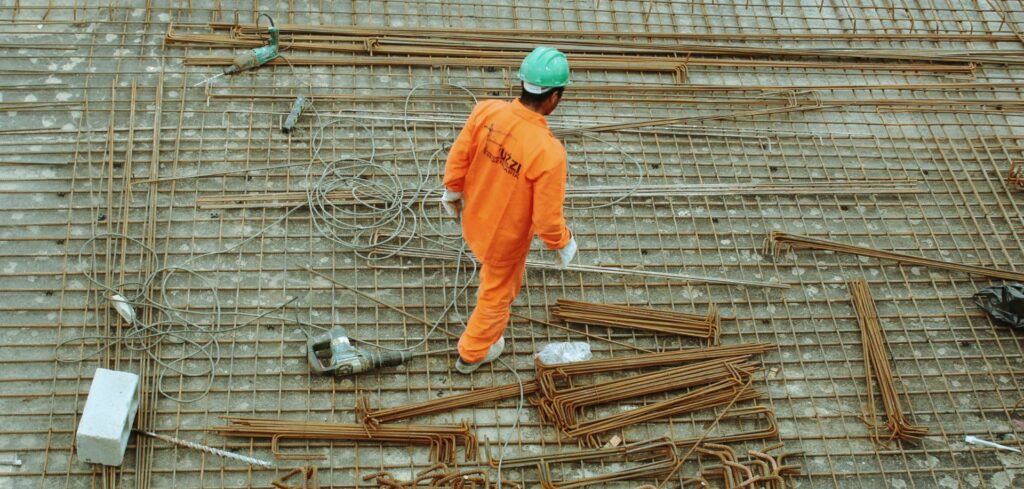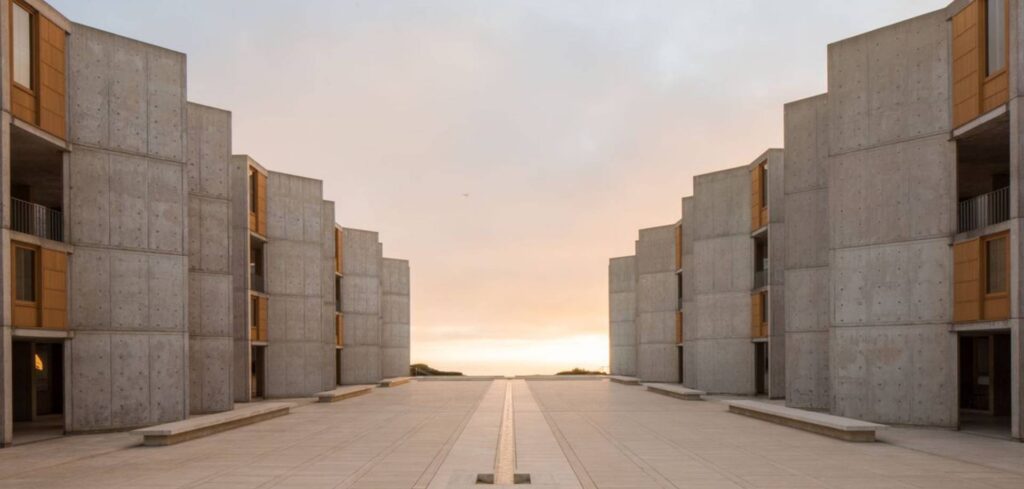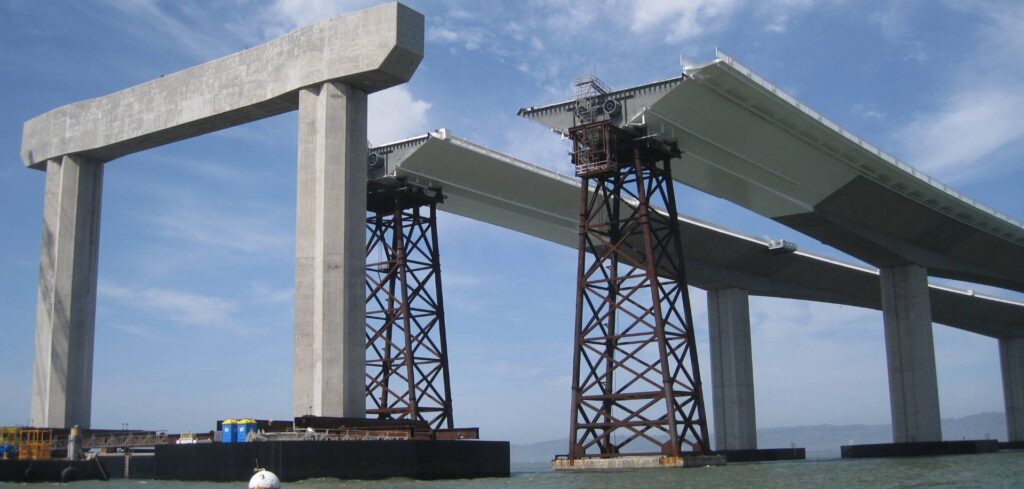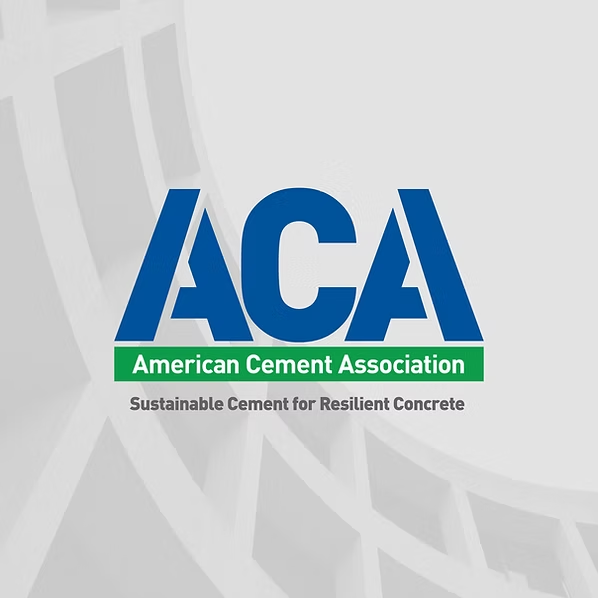The Resiliency Benefits of Concrete
We can meet the challenges of tomorrow with infrastructure that provides more resilient, durable and sustainable communities.
One of the safest places to be during a major storm is a concrete building.
The inherent characteristics of concrete – its resiliency and durability – lowers society’s environmental footprint. For example:
Studies by MIT have shown that homes with concrete walls can use 8% to 15% less energy than other homes.
Concrete does not rust, rot, or burn, saving energy and resources to replace or repair damaged buildings and infrastructure.
Using concrete walls, floors, and roofs offer structural strength and wind resistance, providing the best combination of strength and security.
Concrete structures don’t require additional carbon release to produce additional materials used for repairs.
Over the life of a building, the expected cost of maintenance and post-disaster repair can exceed initial building costs – making an economic case for investing in resilient construction. A built environment with resilient design and materials is better able to recover following disasters such as hurricanes or fires.
